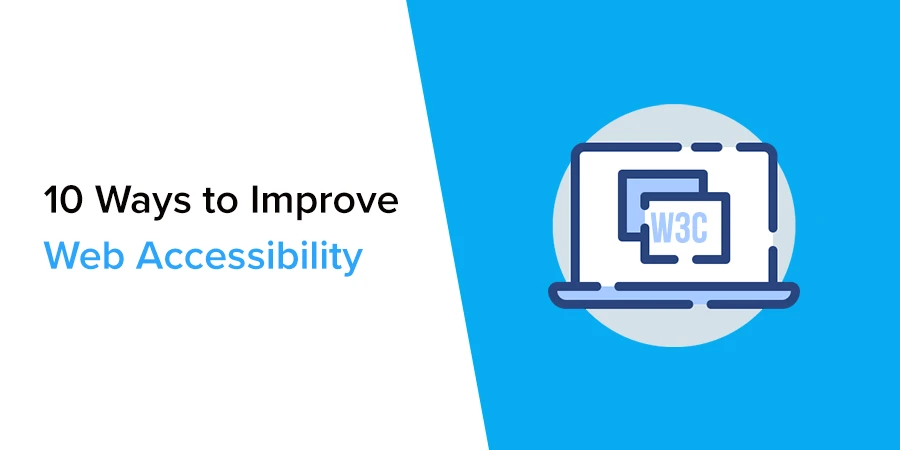Tube Ninja Insights
Your go-to source for the latest trends and tips in video content creation.
Web Accessibility: Making Websites Less of a Maze for Everyone
Unlock the secrets to web accessibility and transform your site into a user-friendly haven for everyone! Discover how today!
Understanding Web Accessibility: Key Principles and Best Practices
Understanding web accessibility is essential for creating an inclusive online environment. It involves designing websites that can be accessed and used by everyone, including individuals with disabilities. The key principles of web accessibility align with the WCAG (Web Content Accessibility Guidelines), which provide a framework for making web content more usable. These principles focus on four main areas: Perceivable, Operable, Understandable, and Robust. By adhering to these principles, web developers can ensure that their sites cater to a diverse audience, fostering equal access to information and services.
Implementing best practices for web accessibility involves several strategies. For example, using semantic HTML is crucial, as it helps screen readers better interpret web content. Additionally, providing alternative text for images ensures that visually impaired users can grasp the context of visual media. It's also important to maintain a logical tab order and ensure keyboard navigability, making it easier for users with mobility impairments to navigate the site. Regular accessibility testing with real users and automated tools can help identify areas for improvement, ultimately leading to a more welcoming and inclusive web experience.

Top 10 Common Web Accessibility Mistakes to Avoid
Web accessibility is essential for creating an inclusive digital experience for all users, including those with disabilities. However, many websites inadvertently make common web accessibility mistakes that hinder navigation and usability. Understanding and avoiding these pitfalls is crucial for ensuring your content reaches a wider audience. Below are some of the most common mistakes:
- Missing Alt Text: Images without descriptive alt text can confuse users who rely on screen readers.
- Poor Color Contrast: Low contrast between text and background makes it difficult for visually impaired users to read.
- Inaccessible Forms: Forms lacking clear labels and instructions can frustrate users with cognitive disabilities.
- Improper Heading Structure: Using headings incorrectly can disrupt the flow of content for screen reader users.
- Keyboard Navigation Issues: Content that isn't navigable by keyboard can alienate users with mobility impairments.
- Lack of Captions and Transcripts: Video and audio content without appropriate captions denies access to users who are deaf or hard of hearing.
- Non-Responsive Design: Websites that don't adapt to different screen sizes can limit access for users on mobile devices.
- Ignoring Accessibility Testing: Failing to regularly test for accessibility issues can lead to ongoing barriers for users.
- Using Complex Language: Content that is too complex can alienate users with cognitive disabilities.
- Overusing Visual Media: Relying too heavily on visuals without textual descriptions can exclude information from those with visual impairments.
How to Test Your Website for Accessibility: Tools and Tips
Ensuring your website is accessible is essential for providing a user-friendly experience for all visitors, including those with disabilities. To test your website for accessibility, start by utilizing various automated tools that can quickly identify issues. Some popular options include WAVE, Axe, and Lighthouse. These tools scan your website for common accessibility pitfalls such as missing alt text for images, insufficient color contrast, and improper heading structures. While automated testing is a great starting point, remember that it's also crucial to conduct manual testing by navigating your website using only a keyboard or a screen reader to understand how real users experience your site.
In addition to using tools, consider incorporating the following tips into your accessibility testing process:
- Engage users with disabilities: Seek feedback from individuals who use assistive technologies to gain insights into any barriers they encounter.
- Follow established guidelines: Familiarize yourself with the Web Content Accessibility Guidelines (WCAG) to ensure compliance and a comprehensive approach.
- Regular audits: Make accessibility testing a regular part of your website maintenance to catch and address issues promptly.